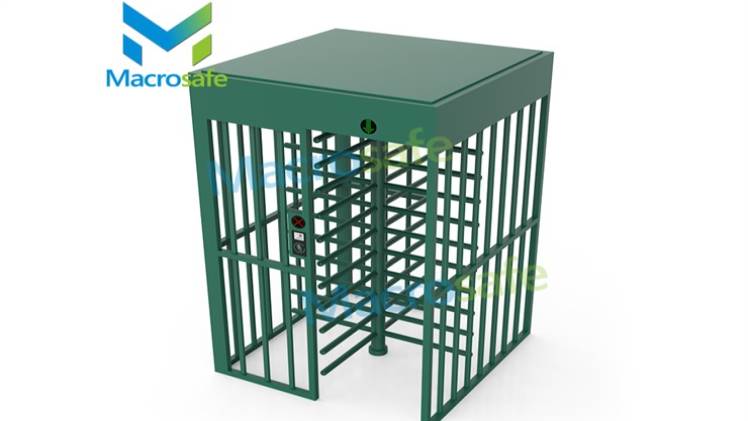Demystifying Pedestrian turnstile

Pedestrian turnstile have become an essential part of our daily lives in recent times. They are usually installed in areas where security is a concern, such as airports, train stations, and commercial buildings. However, most people are not aware of what pedestrian turnstiles are and how they work. In this article, we’ll be demystifying pedestrian turnstiles and examining some of the key features and benefits they provide.
What are Pedestrian turnstiles?
Pedestrian turnstiles are entry systems that enable people to enter a restricted area safely. The turnstiles come in various shapes, sizes, and types. They can be swing, sliding, or revolving turnstiles. Some pedestrian turnstiles are manually operated, while others are automatic or semi-automatic. Also, pedestrian turnstiles are usually equipped with access control systems, which restrict entry to authorized persons only.
Benefits of Pedestrian turnstiles
Pedestrian turnstiles offer several benefits, including security, convenience, and user-friendliness. For instance, pedestrian turnstiles restrict access to unauthorized persons, preventing intruders from gaining access to restricted areas. Additionally, pedestrian turnstiles are user-friendly as they are easy to operate and require little effort to open and close. Lastly, pedestrian turnstiles are convenient, especially when they are automated since they eliminate the need for manual operation.
Repairing Turnstiles
Although pedestrian turnstiles are durable, they can become faulty at times and require repair. One of such pedestrian turnstiles is the turnstile. A turnstile is a revolving turnstile that allows one person at a time to access a restricted area. Turnstiles are commonly used in areas such as stadiums, amusement parks, and office buildings. When a turnstile becomes faulty, it can cause inconvenience to users and compromise security.
Repairing a turnstile requires the intervention of a trained technician. The technician would first conduct an assessment of the turnstile to identify the fault. Typical faults that can occur in a turnstile include turnstile mechanism, faulty motors, damaged sensors, or broken arms. Once the fault has been identified, the technician would replace the faulty component.
It is important to have a regular maintenance schedule for turns to prevent faults from occurring. Maintenance involves cleaning, lubricating, and testing the turnstile to ensure it is in good working condition. Maintenance should be carried out by trained professionals who have experience in working with turnstiles.
Conclusion
Pedestrian turnstiles have become an essential part of security systems in various environments. They provide several benefits, including security, convenience, and user-friendliness. Furthermore, turnstiles, which are a type of pedestrian turnstile, require proper maintenance and prompt repair when faults occur. Overall, understanding pedestrian turnstiles and their maintenance requirements can help ensure they are in excellent working condition while providing the required security.




